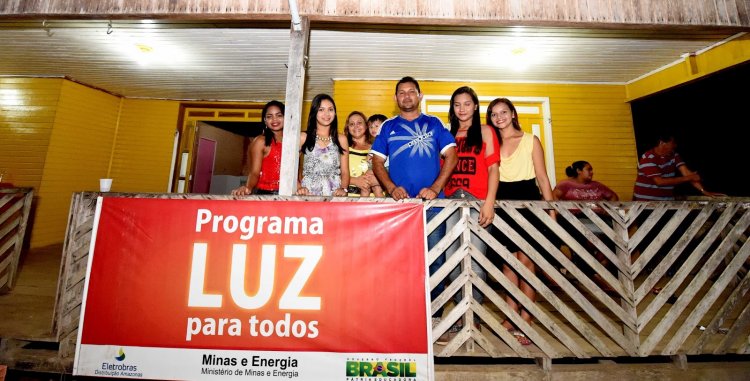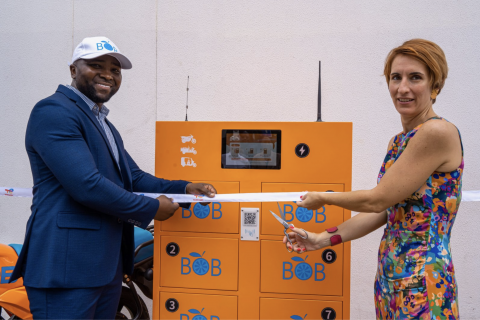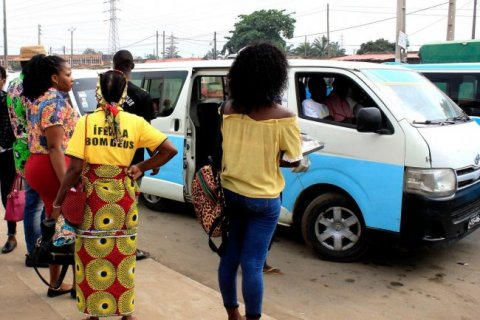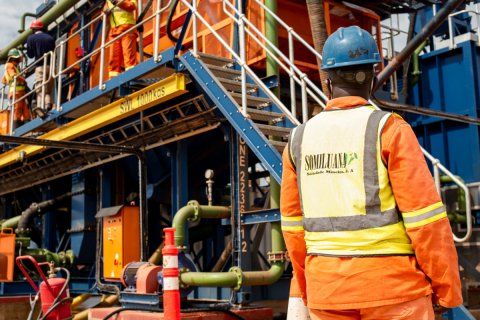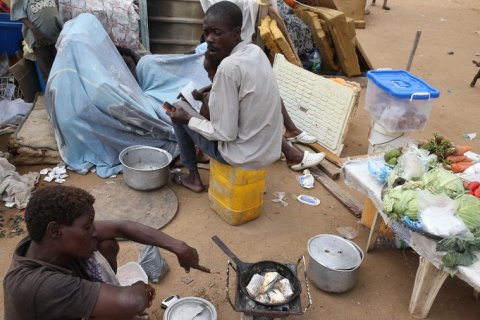A country's sustainable development indicators can be expressed by various elements such as GDP, trade balance, the HDI and other indicators, as well as the access to electricity that a country has, precisely because aspects such as health, infrastructure and energy are linked to energy. education, elements that provide better living conditions.
The aim of this article is to analyze the possibility of increasing our electrification rate, mirroring the Brazilian program "Luz para Todos".
Many reasons were the basis for the implementation of that program. According to studies carried out by Bezerra and other authors in 2017, around 13 million people did not have access to electricity in Brazil in 2000. This represented 7% of all households in the country, around 3 million. The situation became even more alarming when considering the distribution of these households according to their income and location. Of the 3 million households mentioned, approximately 2 million were located in rural areas. This represented 29% of rural households in Brazil at that time.
This program was launched by in 2003 with the aim of increasing the rate of electrification in the country, providing energy to 10 million people by 2008, especially those living in rural areas. To meet this initial goal, $2.3 billion were invested. The program was first extended through 2014 and more recently until 2018. As of May 2016, it has reached 15.6 million people, with a total investment of $7 billion.
The empirical results of this study showed that electrification had a positive influence on all dimensions of the HDI, with the education component being the strongest. Although complementary policies were needed for this, the results show that access to electricity is one of the main requirements to improve the quality of life of a population.
In the case of Angola, according to data published in 2021 by the EIA (environmental impact studies) for the Angolan energy sector, they indicate that only 43% of Angolans had access to electricity in 2018, which represents an increase of about 10% compared to 2010 levels and that providing reliable access to end users remains a significant challenge because the transmission and distribution network in the country has not been upgraded or expanded.
Understanding all these factors and bearing in mind the national reconstruction and electrification plan, it is logically clear that we have a lot to learn from this Brazilian program, since we have such rates.
and greater concentration of population living in rural areas without access to electricity. Furthermore, it is also evident that it is not enough just to diversify our energy matrix, we also have to build structures capable of transporting electricity to the population.
It is true that energy is not a cheap input, but the Brazilian "Light for All" program was only possible thanks to strategic energy planning through the implementation of energy policies, through heavy investments, adoption of less expensive technologies such as distributed generation (for example), recognition of the need to adapt existing institutional structures and identification of which energy sources to use in isolated areas, where connection to the grid is not possible, and other factors.
Finally, it is evident that it is not an easy imitation to follow, for the reasons given above. But it is really an effort for sustainable development, which will certainly impact the lives of millions of Angolans, as well as impacting the Brazilian rural population, after all, once a community has access to electricity, it can also have access to safe drinking water. , better health conditions, food security, as well as lighting and information, because the increase in per capita energy consumption is essential for Angola's socio-economic development.


